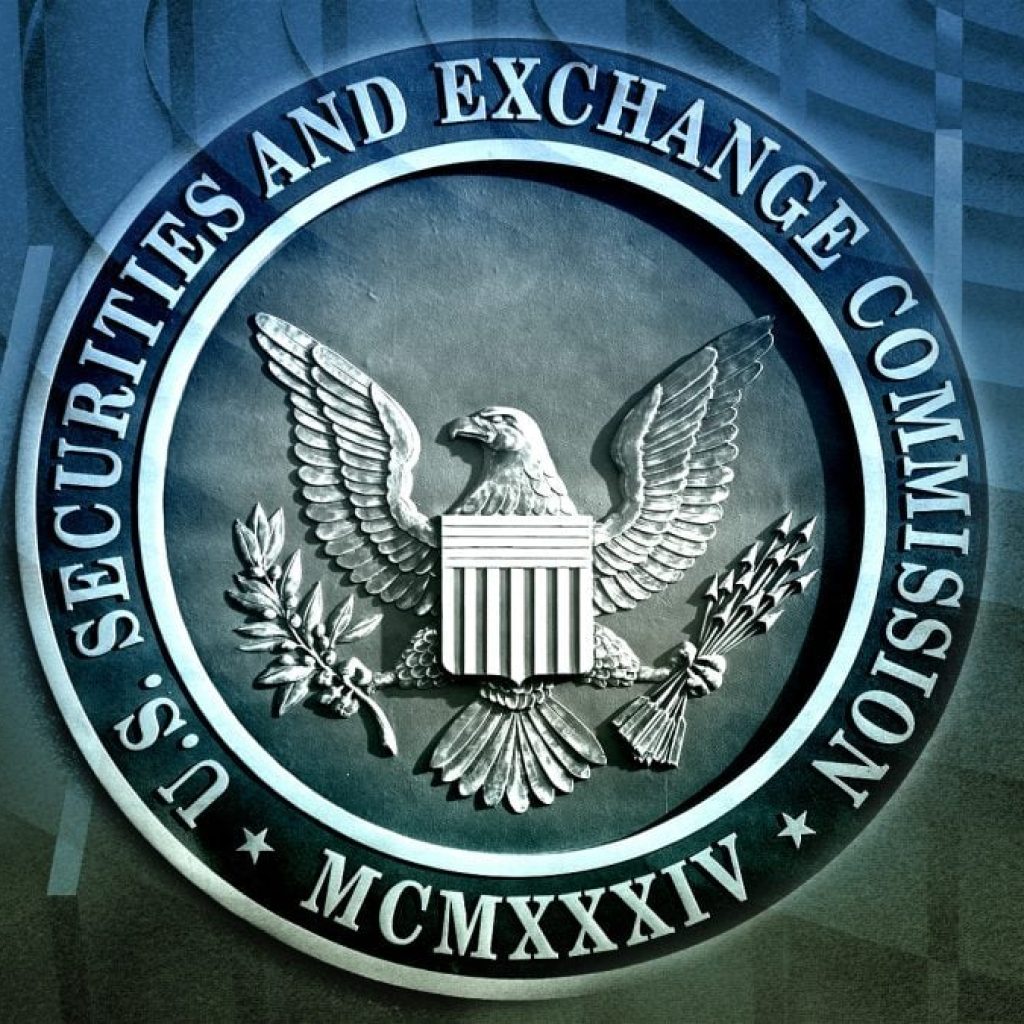As the world finds itself teetering on the edge of a financial revolution, with cryptocurrency increasingly gaining mainstream attention, there are still substantial gaps between the established and the emerging. The World Federation of Exchanges (WFE) recently threw down the gauntlet, demanding crypto-asset trading platforms (CTPs) to level up if they wish to be seen in the same esteemed light as traditional financial exchanges.
Regulation Isn’t a Dirty Word, But a Doorway to Credibility
The WFE doesn’t mince words. They see potential in CTPs, but with it, they see a desperate need for regulation. In the eyes of the WFE, regulation is far from a restrictive harness; it’s the golden ticket that can boost the allure of the markets these platforms cater to.
They’re suggesting that these platforms, looking to straddle the realms of digital and traditional finance, should wholeheartedly embrace this regulatory shift.
Drawing the ire of the WFE is a grievance that’s not unique to them alone. Even United States Securities and Exchange Commission chairman Gary Gensler has aired his concerns about CTPs potentially trading against their clients.
The WFE’s message is simple: if you can’t stand up to traditional standards, don’t even think about calling yourself one of the exchanges.
Decentralized Finance: A Mirage of Autonomy?
Another bone of contention is the buzzword-heavy world of decentralized finance (DeFi).
While on the surface, DeFi platforms seem like the polar opposite of traditional and centralized finance (TradFi and CeFi), the WFE is quick to point out that the lines are blurrier than most realize.
They argue that a platform—any platform—that provides a meeting point for buyers and sellers inadvertently centralizes itself.
And this isn’t just a philosophical debate: Ethereum’s much-anticipated transition, known as the Ethereum Merge, was undeniably orchestrated by a core, centralized team.
The WFE’s suggestion? Instead of getting bogged down in semantics, regulators could aim their focus on the applications—the DApps—rather than chasing the wind by targeting the protocols.
Raising the Bar in Crypto’s Wild West
In addition to its other observations, the WFE took the time to tip its hat to the Financial Action Task Force’s endeavors to superimpose the tried-and-tested “Know Your Customer” regulations onto the crypto realm.
This “travel rule”, as it’s colloquially known, along with the IOSCO Principles for Secondary and Other Markets, is just another step towards streamlining crypto markets to mirror the standards of their traditional counterparts.
However, the WFE’s most poignant point perhaps centers around the integration of distributed ledger technology (DLT) into TradFi exchanges.
They opine that pushing established, regulated entities away from crypto will only serve to push this booming business into the uncharted territories of inexperienced newcomers, effectively casting long shadows over the industry’s potential.
In essence, the World Federation of Exchanges is not here to stifle the growth of CTPs. Quite the contrary. Their bold proclamations serve as a roadmap, a signpost pointing towards the lofty standards the crypto world needs to aspire to.
And while their tone might be brash, their intentions are clear: to see the worlds of traditional and crypto finance not just meet but meld seamlessly. Because at the end of the day, no matter how revolutionary, every new kid on the block has some growing up to do.





